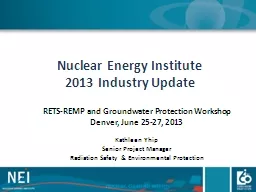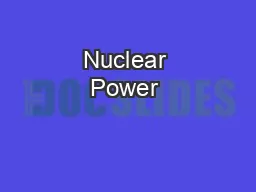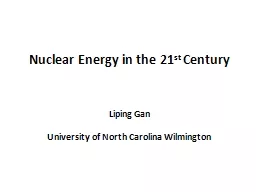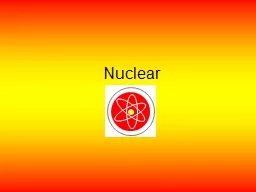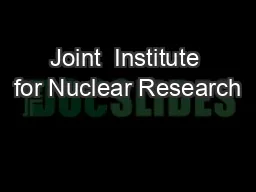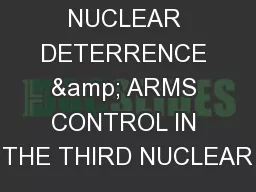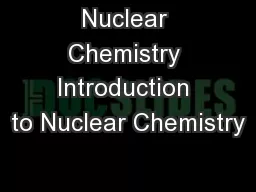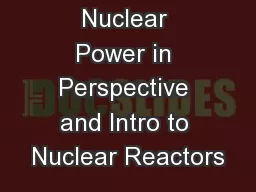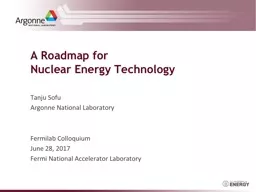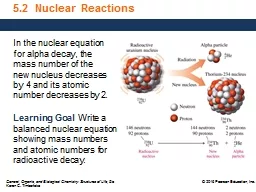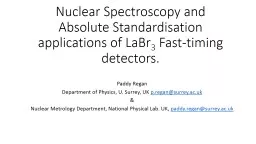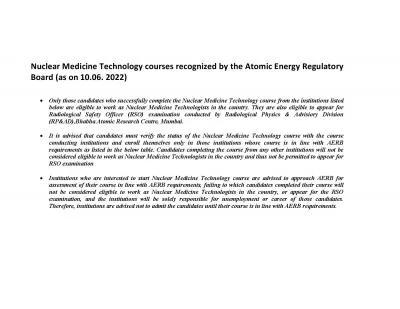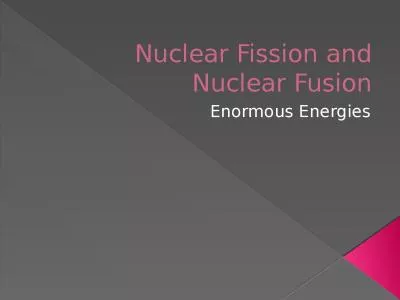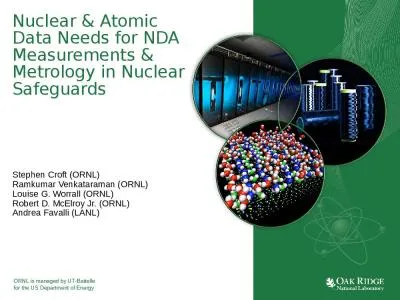PPT-Nuclear Energy Institute
Author : faustina-dinatale | Published Date : 2019-11-29
Nuclear Energy Institute 2013 Industry Update RETSREMP and Groundwater Protection Workshop Denver June 2527 2013 Kathleen Yhip Senior Project Manager Radiation Safety
Presentation Embed Code
Download Presentation
Download Presentation The PPT/PDF document "Nuclear Energy Institute" is the property of its rightful owner. Permission is granted to download and print the materials on this website for personal, non-commercial use only, and to display it on your personal computer provided you do not modify the materials and that you retain all copyright notices contained in the materials. By downloading content from our website, you accept the terms of this agreement.
Nuclear Energy Institute: Transcript
Download Rules Of Document
"Nuclear Energy Institute"The content belongs to its owner. You may download and print it for personal use, without modification, and keep all copyright notices. By downloading, you agree to these terms.
Related Documents

